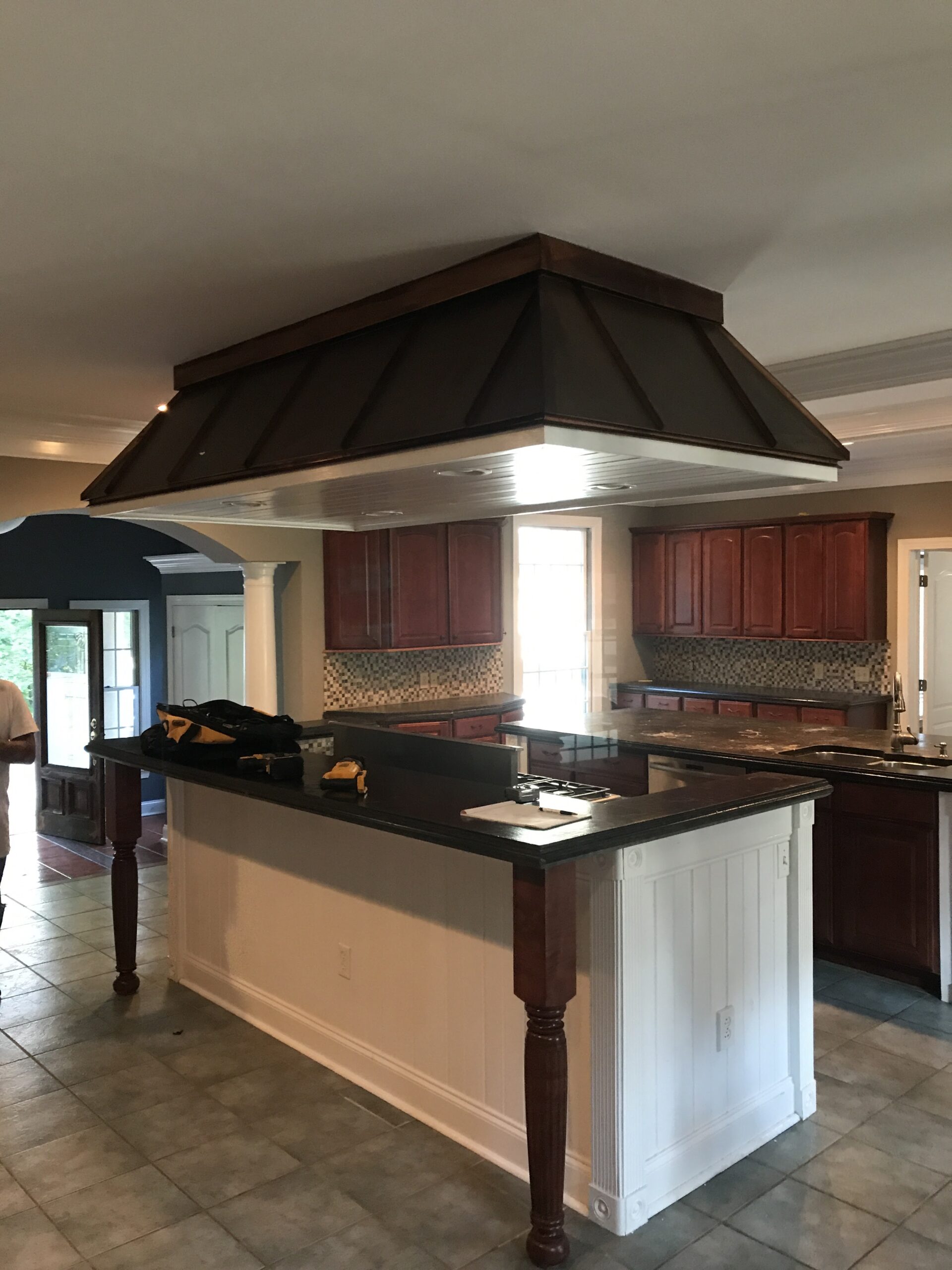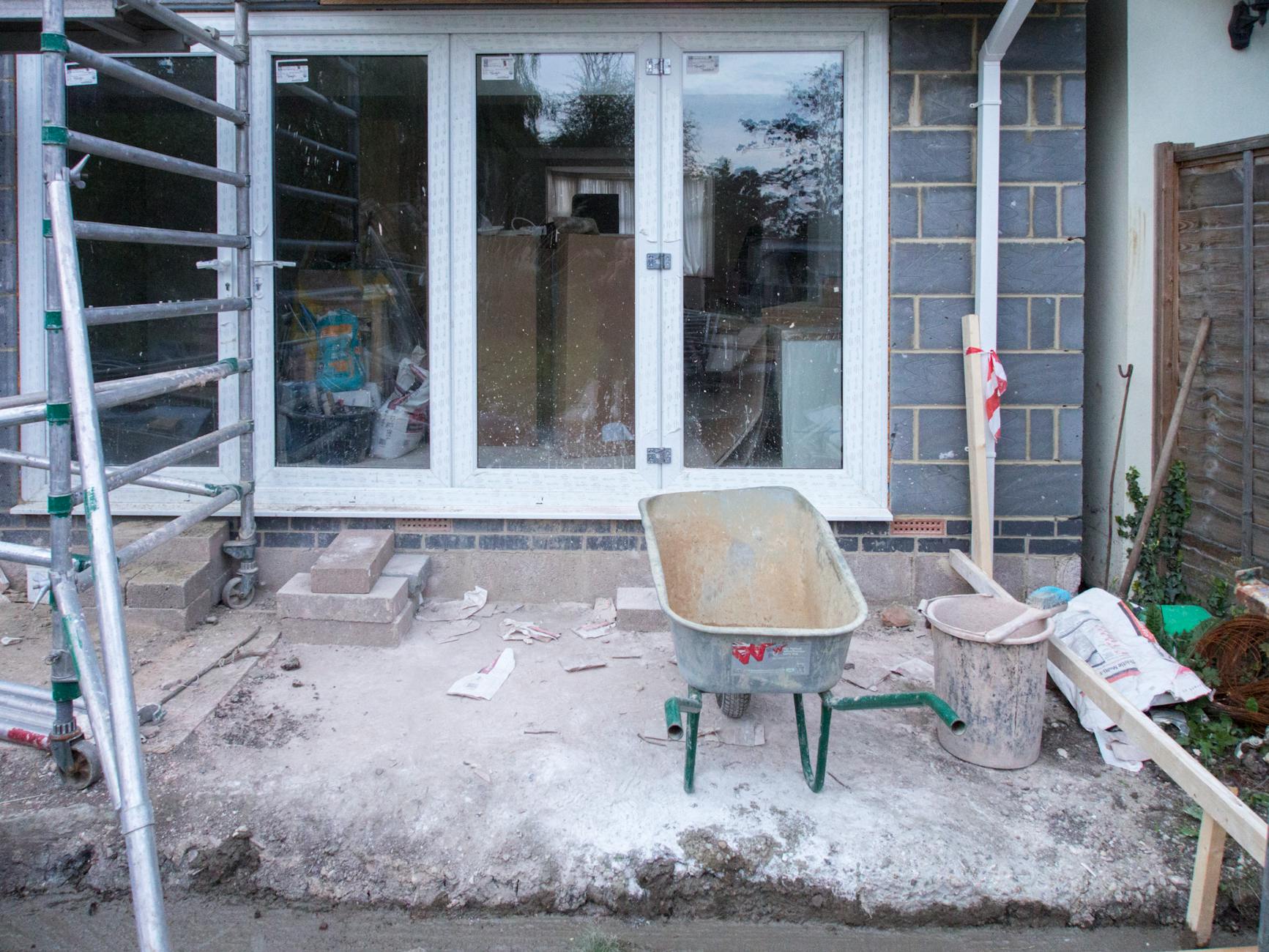
Planning a free home renovation can feel overwhelming—both emotionally and logistically. From budget worries to the daily mess and constant decisions, it’s easy to feel out of control. Unexpected delays and shifting priorities test even the most organized homeowners.
You’re not alone if you worry about stretching your budget or surviving construction chaos. The good news? With the right plan, you can reduce stress and turn a renovation into something rewarding. This guide will walk you through practical steps and expert tips so you can avoid common pitfalls and enjoy smoother progress, every step of the way.
Nailing down exactly what you want out of your home renovation is the fastest way to cut stress from the process. When you know your goals and decide what matters most, you avoid endless indecision and get more satisfaction from every dollar you spend. Let’s break down how to create a plan that truly works for you and your home.
Defining what success looks like for your renovation keeps the entire project on track. Are you looking for a more functional kitchen, a brighter living space, or a boost in resale value down the line? Start by asking yourself why you’re renovating in the first place. Then, write down the reasons and keep them visible throughout the process.
Common renovation goals might be:
Picture yourself in the finished space. List exactly what would need to change for you to be happy living there every day. This step steers your decisions when you’re tempted by flashy upgrades that don’t actually serve your main purpose.

Not every item on your wish list will give you the same return—either in day-to-day comfort or in what your house is worth if you sell. If you want less stress and more results, focus first on the projects that give you the greatest benefit.
Here’s how to do it:
Choosing your battles this way prevents decision fatigue, keeps the renovation moving, and helps ensure every dollar does serious work for your home.
Renovation dreams can crash fast if you don’t have a plan for spending. The real secret to staying calm during a home remodel is protecting your wallet and your expectations. Here’s how to make your numbers work, avoid budget panic, and cover the curveballs that always pop up.

Let’s get honest about the money. When you meet with contractors, don’t settle for a lump-sum “ballpark” number. Ask for detailed, line-item bids that spell out costs for each part of the project, from permits to paint. This lets you see where every dollar goes and stops hidden fees from sneaking in later.
A clear bid should include:
Go through the bid line by line. If something is missing—like painting, hardware, or appliances—flag it before work starts. Don’t be afraid to ask questions or request revisions. A trustworthy contractor will welcome this.
Compare at least three bids from different pros. Look for gaps or vague descriptions. Focus on the details, not just the bottom line. High or low prices that can’t be explained are red flags. This careful review keeps surprises out of your bank account and helps you stick to your goals.
Every renovation runs into surprises, even when you plan well. Hidden problems lurk behind old walls, and global events can push up the cost of everything from lumber to labor. If you want less stress, give these surprises room in your budget and your mindset.
Common bumps in the road:
The best move? Set aside a contingency fund equal to 10-20% of your total budget. For big renovations with lots of unknowns, go closer to 20%. Keep this money separate—don’t count on it for upgrades unless the project finishes under budget.
Expect some stress when these issues pop up, but remind yourself you’re ready. Communicate openly with your contractor. If a major surprise eats up your reserve, revisit your priorities and let go of a “perfect” outcome. Flexibility, not perfection, keeps your plans—and your sanity—intact.
Finding the right contractor is like choosing the best co-pilot for a cross-country trip. Who you select—and how you lay out the ground rules—will set the tone for your entire renovation. The best teams simplify decisions and solve problems before you ever see them. Here’s how to protect your budget and your peace of mind with a hiring process that works.

Start with the basics and never skip steps when checking a contractor. Your home—and your wallet—depend on doing this right. Here’s how to make sure you’re handing over keys (and cash) to real pros:
Taking time up front can spare you from renovation disasters later. These checks help you spot contractors who are legitimate, careful, and a good fit for your job.
With your team picked, shift focus to how you’ll work together. A handshake and a smile don’t cut it—every part of the job should be spelled out in writing.
Set the ground rules before demolition begins:
A solid contract keeps everyone on the same page. Pin down expectations now so you don’t run into stress, resentment, or legal messes once walls start coming down.
Choosing carefully and putting agreements in writing will save you headaches and keep your renovation moving forward, even when the unexpected happens.
A home renovation will put your patience, daily habits, and living space to the test. The physical mess is only half the story; the real challenge comes from maintaining routine and calm when nothing is quite normal. If you get ahead of the disruption, you can protect your peace of mind and avoid frustration that wears everybody down.

A structured but flexible timeline is your backbone during a renovation. It helps you know what’s coming, reduces surprises, and keeps everyone (yourself, contractors, family) moving forward.
To build a realistic schedule:
Delays are almost guaranteed, so leave breathing room between each phase. If the kitchen cabinets take longer to arrive or an inspection holds up drywall, the entire calendar won’t fall apart. Update your timeline when things change—think of it as a living document, not a rigid script.
Share this timeline with your contractor. Put a copy on the fridge for the family. Small visual reminders beat back the feeling that “this will never end.” If kids or other family members feel unsettled, pointing to milestones on your timeline can give everyone a sense of progress.
A renovation site doesn’t have to be a disaster zone. Simple habits and smart space planning protect your sanity and your stuff.
Start by breaking up your home:
For kitchens under construction, think of it like camping indoors. Try these shortcuts:
Kids and pets need their own routines, too. Move favorite toys, crib, and beds away from noisy zones. If possible, use outdoor space as a temporary play or dining area—fresh air feels good when the house smells like sawdust.
Build new daily routines:
Protecting a slice of daily life—by carving out calm zones and healthy routines—makes the chaos feel less overwhelming. You’ll find it easier to relax at night and stay positive, even when the workday ends with sawdust on your shoes.
Home renovations never go exactly to plan—and that’s normal. Staying flexible turns bumps in the road into stepping stones, and helps you keep your eyes on the real prize: a better home, for good. Accepting changes and setbacks with grace lowers stress while bringing out the best in your project. Keeping the future in mind, not just today’s mess, will remind you why the dust and disruptions are worth it.
Letting go of the idea that every detail has to be perfect is a game-changer. There will be delays, last-minute changes, or materials that are suddenly out of stock. Walls might hide surprises, and sometimes your favorite tile becomes unavailable. None of these mean your renovation is “failing.” They’re just part of the process.
Flexible homeowners get the best results because they:
Staying adaptable makes the finish line feel closer. You’ll find yourself less stressed, even when the dust and noise don’t look like progress.

When you’re living with renovation chaos, it’s easy to forget how far you’ve come. Marking progress helps keep spirits high and turns every small win into fuel to keep going.
Simple ways to celebrate each step:
After all the noise and mess, standing in your completed space is a bigger win than most people realize. You didn’t just upgrade your house—you made it truly yours. Every challenge proves you can handle more than you thought. Looking back, you’ll realize those bumps weren’t just part of the story—they’re what make the ending feel so sweet.
Planning a stress-free home renovation starts with clear goals and realistic priorities. Building a detailed budget, finding trustworthy pros, and preparing your space—and your mindset—for disruption gives you the tools to stay calm and in control. Flexibility is your best ally when the unexpected pops up, and celebrating progress helps everyone see the finish line.
Every step you take brings you closer to a home that fits your life better. If you’re starting your own renovation or have stories and tips to share, drop a comment below or get in touch. Your experiences and questions can help someone else get through their own remodel with less stress.
Thanks for reading and trusting this guide. Here’s to turning chaos into comfort—and making your home feel more like yours, every single day.